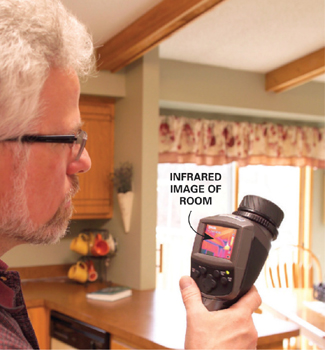
Insulation checkup
An infrared camera shows how well-insulated walls and ceilings are. An energy auditor will also test the air-tightness of your home, the efficiency of your furnace and more.
Better insulation can be a great investment with a quick payoff. Or it can be an expensive mistake. Done badly, it can even cause serious trouble. Here’s how to determine whether you need more insulation and an overview of your options.
That depends on a complex combination of factors. Luckily, there’s a simple way to answer that question. Contact your utility company about an energy audit. It can recommend an auditor and may even pay part of the cost. The auditor will visit your home, perform some tests and make recommendations on energy savings, including insulation if needed.

An infrared camera shows how well-insulated walls and ceilings are. An energy auditor will also test the air-tightness of your home, the efficiency of your furnace and more.
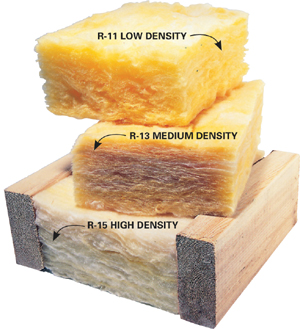
R-value is the resistance to heat flow, a way of indicating insulation’s power to stop heat from moving though it. The higher the number, the better. Insulation is labeled by total R-value. There are two things that determine that number: The thickness of the insulation and the insulating power of the material. The fiberglass batts shown here, for example, are all the same thickness, but differ in R-value due to different density.
Closed-cell foam insulation seals air leaks and delivers about twice the R-value per inch of other common choices. And since it’s sprayed on, it’s perfect for situations where installing batts would be difficult. The catch, of course, is the price. It typically costs at least twice as much as other options. Another version, open-cell spray foam, costs less but doesn’t provide the same R-value, sealing power or resistance to moisture. Foam insulation is also sold in 4 x 8-ft. sheets at home centers.
In old homes that were built without insulation, adding insulation is straightforward. Contractors can drill holes into each stud cavity (from inside or out), blow insulation into the empty walls and patch the holes. If your walls are already insulated, improvements are tough: You can either tear into walls or add a layer of foam insulation, inside or out. Those methods rarely pay off in savings. In many cases, you’re better off leaving poorly insulated walls alone.
Unlike walls, improving insulation in attics is usually practical and economical. There are two standard approaches: adding fiberglass batts or blowing in loose-fill insulation. Contractors usually recommend the blow-in method. It provides a more consistent, gap-free blanket than batts (plus, it’s easier for them). DIYers can choose blown-in by renting a blower from a home center.
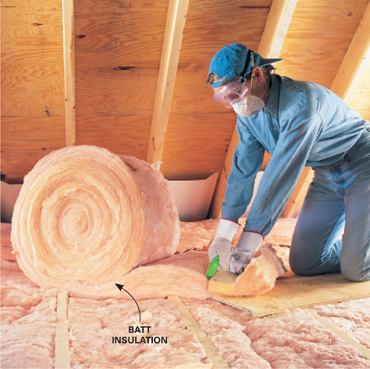
Covering existing insulation with a layer of fiberglass batts is simple. But that doesn’t mean it’s easy. Crawling through a dark, hot, cramped attic—without stepping through the ceiling below—is a tough job.
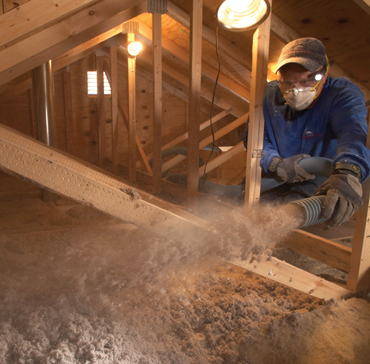
A long hose connected to a blower outside blasts loose-fill insulation (fiberglass or cellulose) into the attic. This is dusty work, but easier and faster than rolling out batts.
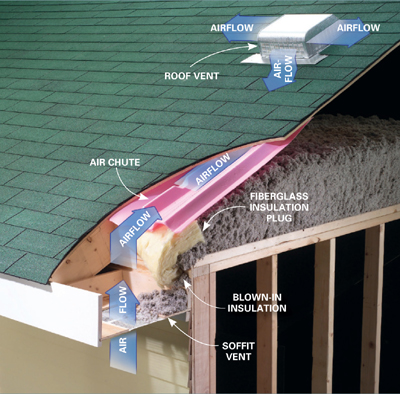
Good attic ventilation is critical. In summer, it extends shingle life and allows you to cool your house with less energy. In winter, it prevents ice dams on the roof and condensation in the attic. But adding insulation can block off soffit vents and stop the airflow. Make sure your insulation contractor plans to add or extend air chutes and to plug the edges of the attic.